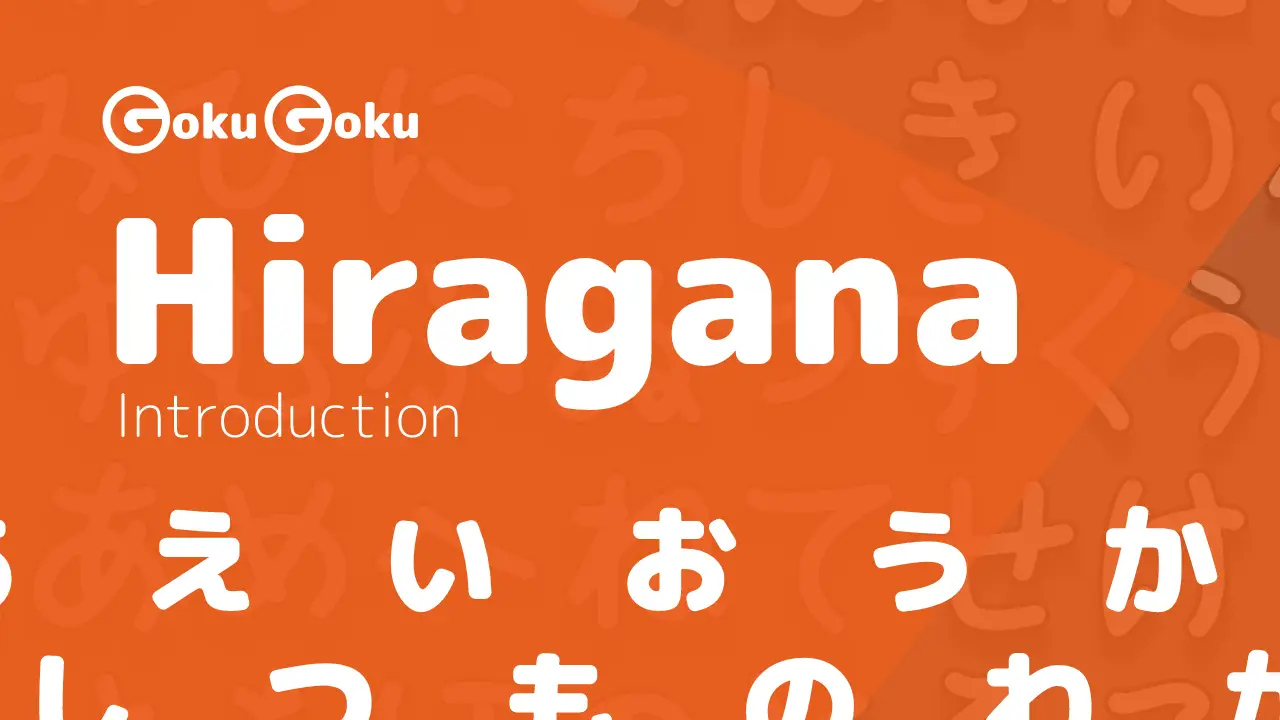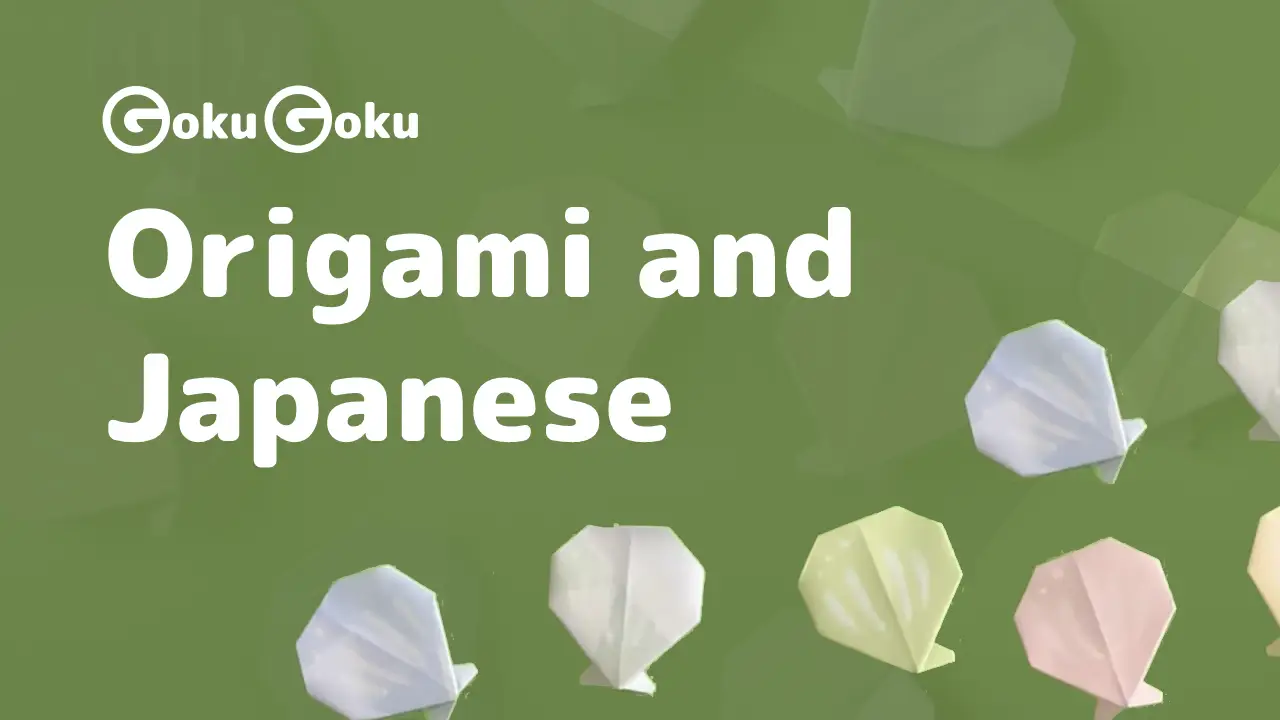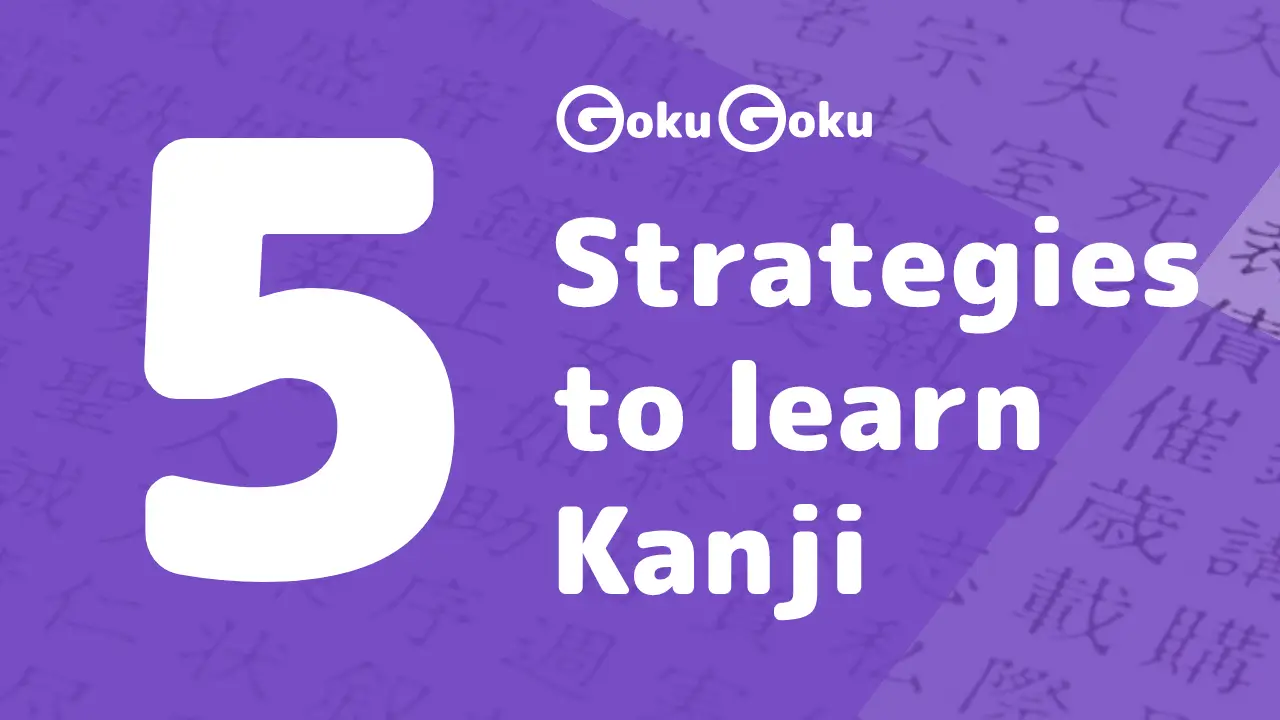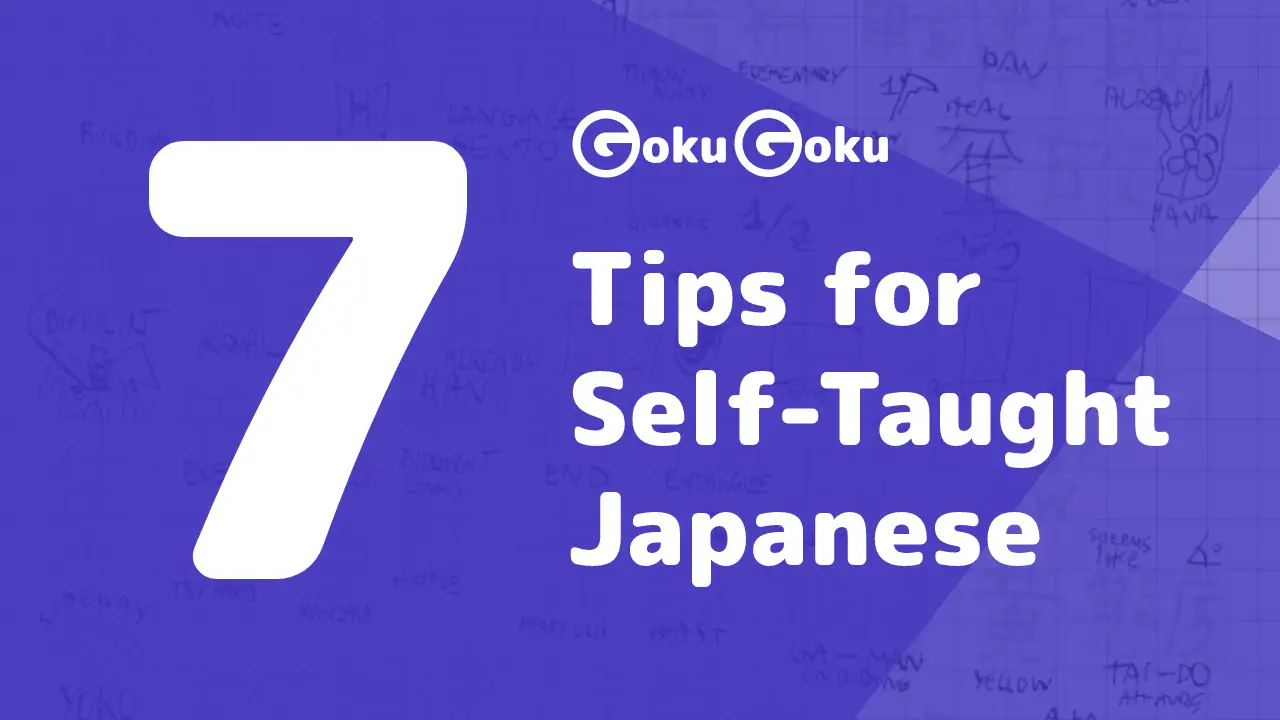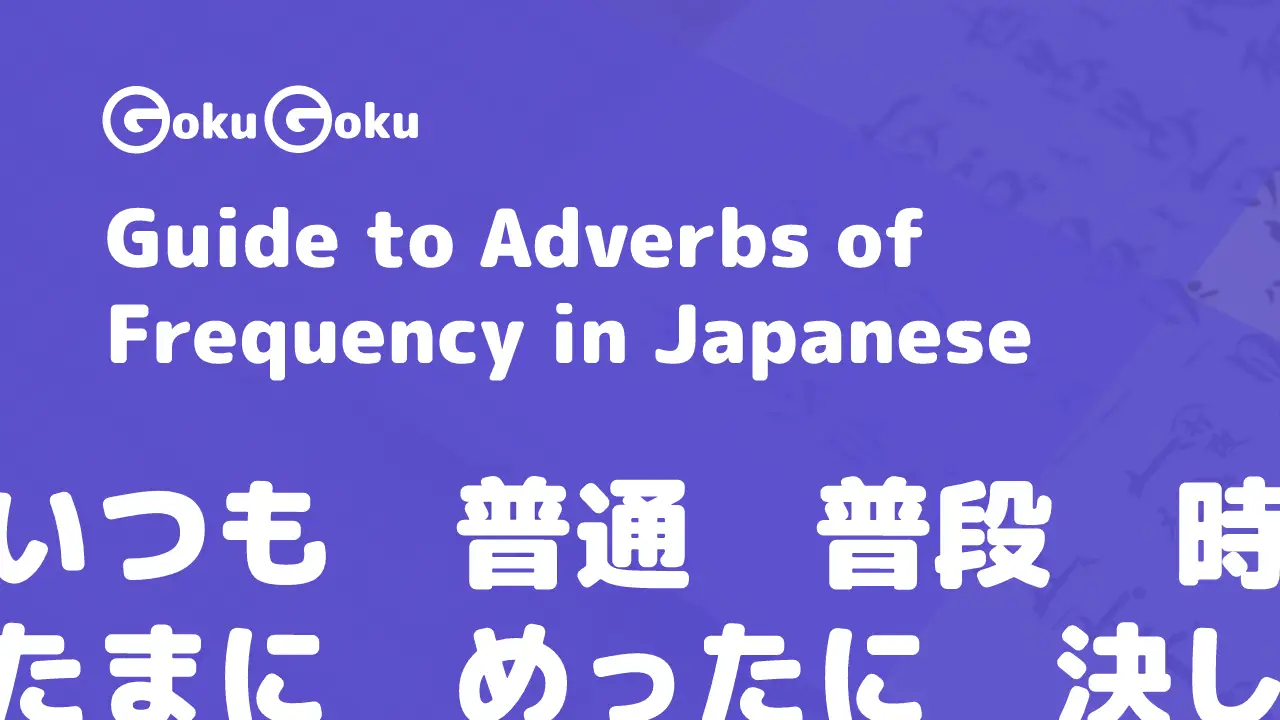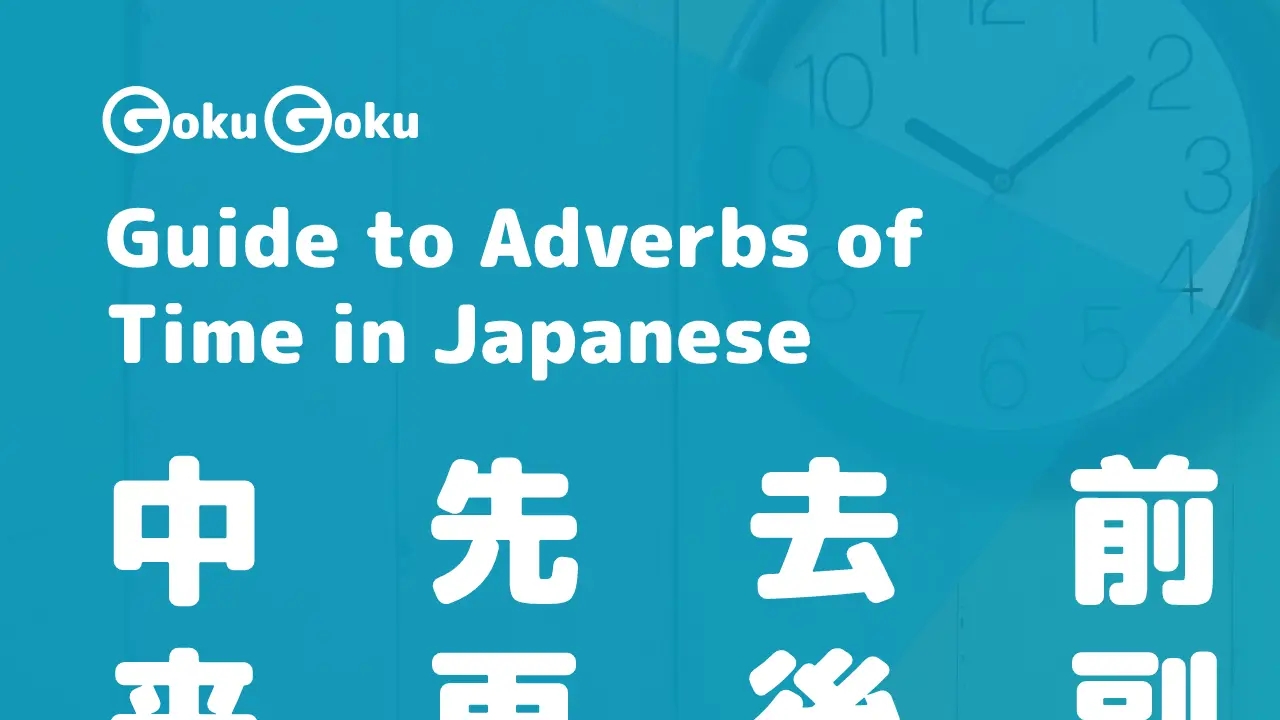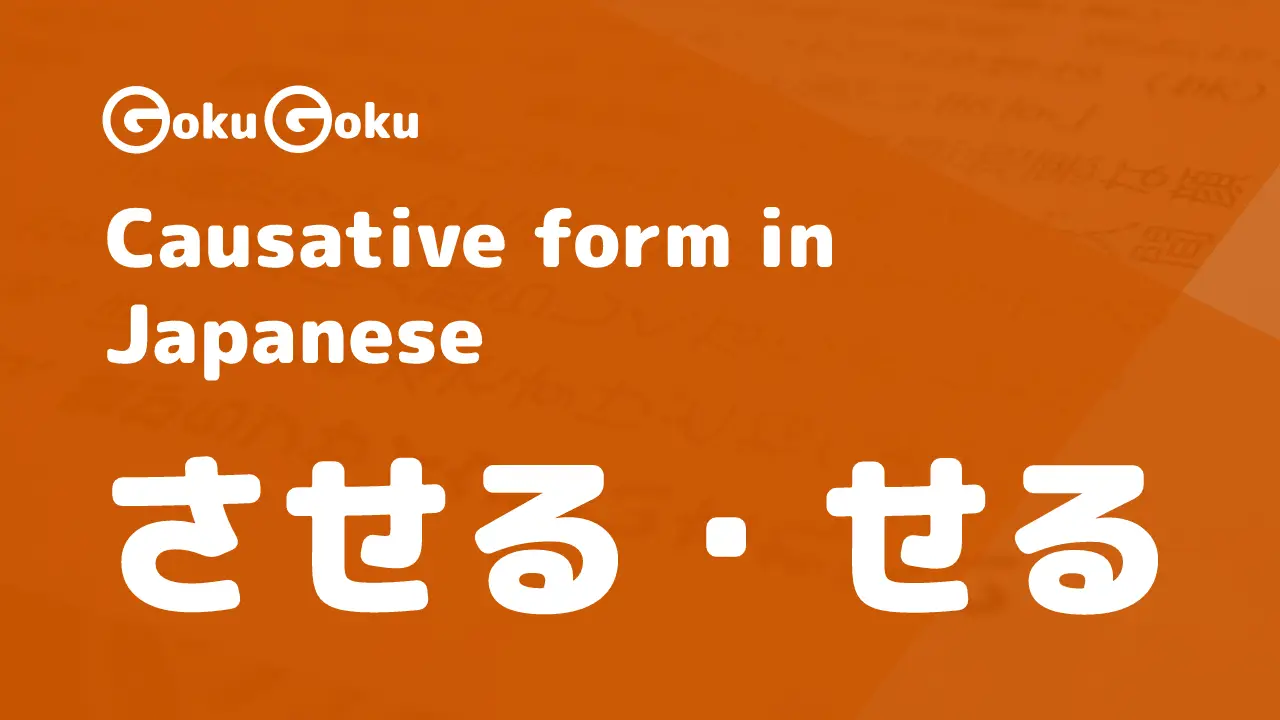Introduction to the Keigo Language in Japanese
Anna Baffa Volpe
Get in touch with meToday we introduce one of the aspects that most characterize the Japanese language: the Keigo Language (敬語).
We are going to learn similarities and differences between Sonkeigo, Kenjōgo, Teineigo.
It is one of the most fascinating aspects of the language, as it leads us to explore the world of social relationships, the relationships between Japanese people and the language that is used in various situations.
Meaning of Keigo in Japanese
Keigo represents the honorific or polite language. It includes all those expressions that denote respect, esteem and even deference on the part of the speaker towards the interlocutor or towards third parties.
It is also used through expressions of humility, where somehow one lowers one's status and enhances that of others.
The word consists of the 2 kanji:
- 敬 indicates
respect,reverence,esteem - 語 refers to
language,speech
Interpersonal relationships in Japan
To discuss Keigo it is important to remember 2 concepts that often when discussing this topic, as basic elements of interpersonal relationships in Japan:
内と外, uchi and soto
- 内 means
insideand encompasses the circle of people with whom you have confidence and intimacy: family members, relatives, friends - 外 means
outsideand includes all people outside uchi: acquaintances, strangers with whom a formal language is used
The Keigo Language offers expressions of courtesy and respect towards each other and at the same time creates and denotes distance
Superior and Inferior
Another important aspect concerns the Japanese distinction between superior and inferior.
In some contexts this difference is natural. Let's think of elder or younger brothers or sisters, for which there are very distinct terms, or elderly people.
年齢 indicates age, as the first element that creates a distinction between "superior" and "inferior"
The corporate hierarchy, the roles are all important elements to understand which language and expressions are more appropriate.
上下関係 are the hierarchical relationships
- We use honorific and courtesy forms towards the President of the company and towards the superiors
- With respect to our colleagues we can use a non-keigo language characterized by the verb in plain form and by a colloquial style
We are now going to see the 3 main groups into which the Keigo language is generally divided:
- Sonkeigo
- Kenjōgo
- Teineigo
Sonkeigo: Honorific language
Expressions that fall under the honorific language (Sonkeigo) are used when the speaker wants to express respect towards the interlocutor, but also toward a person who is not present.
- 尊敬 means
respect,reverence,esteem - 語
language,word
先生を尊敬します。
I respect the teacher.
先輩と後輩 Senpai and Kōhai, the older student and the younger one, the mentor, the teacher and the pupil
Honorific Prefixes and Suffixes
We find in the Sonkeigo the use of honorary suffixes, they are:
- さん
sanis also used in courtesy language: 山田さん, the Mr. Yamada - 様
samaexpresses a higher degree of respect and courtesy than さん and is also used next to the recipient's name in a letter: - 社長様, Mr. President
- 田中太郎様, Mr. Tanaka Tarō
The honorific prefixes are also in common use, of which we recall:
- お
o+ noun: お子さん,His son - ご
go+ noun: ご両親Your parents
Sonkeigo and passive voice
The use of the passive form of the verb is found with the Sonkeigo language.
Learning and using the passive voice offers us an opportunity to emphasize courtesy and respect towards our interlocutor thus going beyond the masu form, which in itself is already an excellent way of expressing oneself in a formal and courteous way.
2 examples with the form in masu and the honorific passive form
お茶を飲みますか。
Do you drink a tea?
お茶を飲まれますか。
Would you like some tea?
From a travel Video: question of a listener to the author of the video

凄い写真ですね。各地に映像に行かれているのですか?
That's an amazing picture. Do you go to various places to shoot?
Exemples using the same verb in the passive voice and in the keigo
Here are 2 sentences with the same verb. In the first sentence you will find the passive form of the verb and in the second one the same passive voice used in the 尊敬語, sonkeigo, the respectful form.
- 受身形
ukemikeiuse of the passive voice
私は理事長の部屋に呼ばれた。
I was called to the Chairman's office.
- 尊敬語 use of sonkeigo
理事長は私の名前を呼ばれた。
The Chairman called me.
Literally The Chairman called my name.
Let's compare other forms:
理事長は呼んだ。
The Chairman called.
- This form is grammatically correct, but inappropriate. It is considered impolite towards a person of higher social status as in this case. The Japanese plain form of a verb is also known as dictionary form 辞書形 jishokei and it is informal, it is used while talking to friends or family.
理事長は呼びました。
The Chairman called.
- It could be fine. There are various levels of politeness and the ます form is a polite way to to express respect.
理事長は呼ばれました。
The Chairman called.
Among these exemples the best and appropriate form is 呼ばれました: the passive voice in its honorific meaning and the use of the masu form instead of the plain form. It belongs to a linguistic register appropriate to the situation, characterized by different morphological choices if compared to the cases of interaction with our peers.
- 受身形 use of the passive voice
先生は生徒に信頼されていた。
Teachers were trusted by their students.
- 尊敬語 use of sonkeigo
先生は奥様を信頼されていた。
The teacher trusted his wife.
The verb in this case is
- 信頼する shinrai suru,
to trust - the passive form of する is される
- The linguistic register is also characterized by different lexical choices. In our case we note for example the use of
- 奥様
okusamathe word which refers to the wife, to the consort and as we see uses the honorific suffixsama. - We also find 奥さん
okusanand we always remain in the context of courtesy and respect towards our interlocutor. In family context, the husband can use the terms 妻 tsuma and 家内 kanai when speaking about his wife_
Verbs that change form in Sonkeigo
Many verbs of daily use change form in a context where the use of Sonkeigo is appropriate:
- 食べる and 飲む become 召し上がる
- 行く or いる and 来る become いらっしゃる
- 言う becomes おっしゃる
- する becomes なさる
Sonkeigo and verb なる
Here is another very useful use of this form which involves the use of the base in "i" for Godan verbs combined with the particle に and the verb なる to become.
- 聞く becomes お聞きになる
- 読む becomes お読みになる
For these forms, the polite form in masu is generally preferred.
Honorific form of the verb to see and use
Among the verbs that modify the form and that we can hear in a formal context or can find in some texts is the verb to see
- we know 見る
miruwhich has various translations depending on the context: see, observe, look, inspect - the honorific 尊敬語 sonkeigo form of 見る is ご覧になる
- the kanji that we find preceded by the honorific prefix ご is 覧 and it is synonymous with 見る; it has the same Japanese kun reading:
miru. The radical of 覧 as you can deduce is 見 see, view The sonkeigo form is therefore composed of the noun ご覧 + the particle に combined with the verb なる - Here an excerpt from an article on how to prepare Japanese tea:
お茶の「おいしい入れ方」
How to make a delicious green tea
- the sentence I would like to highlight is the one in the orange box
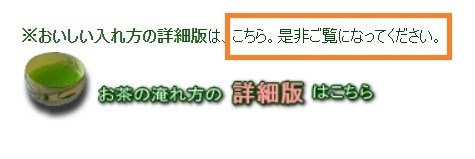
こちら、是非ご覧になってください。
Look here.
- you are asked to click on the text to acquire further information: in Western languages the imperative mood is often used. Instead, Japanese uses the honorific language directed in this case to the public, to potential buyers, customers or followers.
- the sentence uses the te form of the verb combined with ください
kudasaiwhich is used to formulate a courteous request 下さい, Kudasai is the honorific imperative form of the verb give. - with the tekudasai form we often find the adverb 是非
zehiwhich means absolutely and emphasizes the importance of what is being asked or stated.
是非遊びに来て下さい。
Come and see me, please!
There are various ways to ask the same question.
Here is an example in various forms:
- 出かけるの? plain form colloquial
- 出かけますか。 polite form in masu
- 出かけられますか。 form sonkeigo in passive
- お出かけになりますか。 form sonkeigo use of になる
- お出かけになられますか。 form sonkeigo use of になられる, the verb なる in its passive form
Pleasantries and Sonkeigo
In many greeting formulas we find the Sonkeigo language:
- いらっしゃいませ:
welcomegreeting in a room or shop towards the customer who enters it; いらっしゃい is its less formal version - お休みさない: (I wish you) a
good rest,good night - お世話になります is a widely used expression in the language and depending on the situation it means
thank you,I am grateful,I entrust to her
Sonkeigo language values the action of the other.
Kenjōgo: Language of humility
In the case of Kenjōgo language , the speaker expresses respect and courtesy towards his interlocutor, using forms that denote and emphasize the sense of humility in the first person and highlight the importance of the other person.
The speaker refers to things or events concerning himself or his circle uchi, of members of his own family.
- 謙譲 is a word that means
humility,modesty - 語 is the
word, thelanguage
Verbs that change form in Kenjōgo
As with Sonkeigo, the language of humility Kenjōgo also presents some verbs in a new form:
- 行くand 来る become 参る
mairu - いる becomes おる
oru - 言う is found as 申す
mōsuor 申し上げるmōshiageru - する becomes 致す
itasu - 会う is found as お目にかかる
o me ni kakaru - 思う and 知る become 存ずる
zonzuru - 聞く in the meaning of ask, becomes 伺う
utagau
お目にかかれて嬉しかったです。
It was a pleasure to meet you.
There are also other verbs that change shape in the Kenjōgo language. We listed here just some of the most used.
Kenjōgo and the verb する
The form consists of the base in “i” for the verbi Godan combined with the verb する to do which is usually found in the polite form in masu.
- 書く becomes お書きします
- 会う becomes お会いします
Audio from a YouTube video:
0:00.00
-1:0-1.00
まずは最初にお聞きしたいことがあります。
First of all, I would like to ask you something.
As we can see, the Kenjōgo form of 聞く was used, お聞きする, which in the volitional form becomes お聞きしたい.
Causative form and Kenjōgo
The causative form is used to express an action that you make another person perform:
先生は生徒に部屋を掃除させた。
The teacher made the students clean the classroom.
This useful form is also found in the Kenjōgo language, in particular in its te form combined with the verb 頂く to receive.
The nuance in the translation is she allows me to do something.
For example, when we are talking on the phone and we find ourselves booking a flight or accommodation, the operator may say:
山田さまのご希望どおりに、ご予約させていただきました。
We made the reservation as for your request Mr.Yamada.
Literally We took the liberty of making the reservation.... We note in this sentence:
- The honorific suffix さま referring to the person
- The honorific prefix ご referring to a noun reservation,
his reservation - The causative form with honorific value
Commentary on a video on Japanese culture:

ありがとうございます。日本人、そして日本で暮らしている幸せを改めて気付かせて頂きました。本当にありがとうございます。
Thank you. You have reminded me of the good luck of being Japanese and living in Japan. I am truly grateful.
The causative form was used for the verb:
- 気付く: realize,
notice,become aware - 気付かせて頂く:
make someone aware of something,remind someone of something; in the sentence the past tense of the polite form
Video on YouTube; thanks to listeners at the end of the video:
0:00.00
-1:0-1.00
今日お話させて頂いたことを思い出して頂けると嬉しいです。最後まで聞いて下さいましてありがとうございました。
I would be glad if you could remember what we talked about today. Thank you for listening to me until the end.
Pleasantries and Kenjōgo
Many commonly used expressions contain the forms of Kenjōgo.
When I introduce myself I usually say:
はじめまして、アンナと申します。
Nice to meet you, it's Anna.
In response to thank you ありがとうございます you hear いいえ、どういたしまして, you're welcome, please.
宜しくお願い致します is also used a lot at the end of a written communication: best regards, yours sincerely, and the form 致します is used instead of します.
The Kenjōgo language focuses attention on the sense of humility of the one who speaks towards the other.
Teineigo: Courtesy language
We arrive at the third form of the expressions of courtesy and respect towards the other person: the 丁寧語 (Teineigo), a word formed by:
- 丁寧
courtesy,politenessused a lot as an adjective 丁寧なkind,thoughtful,careful - 語
language,word
This third form includes the auxiliaries です and ます.
This type of language is generally used between people of the same social level, between peers and even between people who don't know each other well.
The Teineigo language represents a more frank and informal way of communicating with each other.
Here are 3 examples that summarize the 3 languages:
- お待ちになります the other person waits: use of Sonkeigo, value the other
- お待ちします I wait: use of Kenjōgo, I put myself in the first person in a humble way towards the other
- 待ちます: I wait, a polite and lighter, more informal expression than the first two
The correct use of the Keigo language in its nuances is the result of knowledge, practice and confidence with the Japanese language.
It is sometimes complex for the Japanese themselves. The advice for those starting the study of the language is to use the masu form, which is always discreet and courteous in any context, and to learn to recognize the Keigo forms by assimilating them gradually.

